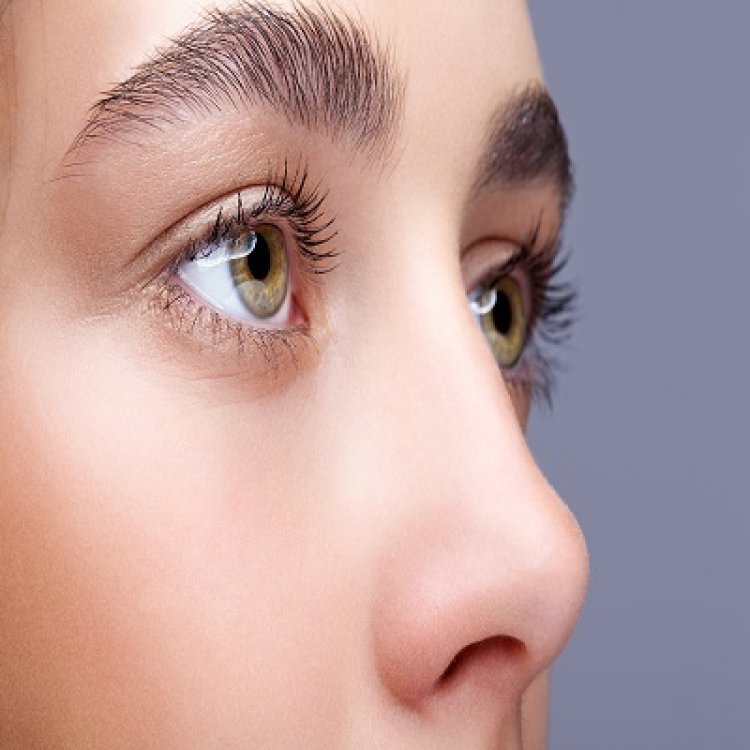When will I see the final results of my rhinoplasty?
Discover expert Rhinoplasty in Islamabad at SKN Cosmetics clinic. Enhance your nose’s appearance with skilled surgeons and personalized care.
Share this Post to earn Money ( Upto ₹100 per 1000 Views )

Rhinoplasty is a transformative procedure designed to enhance the appearance and/or functionality of the nose. While many patients anticipate immediate changes after surgery, it’s important to understand that rhinoplasty is a process—one that unfolds gradually over several months. Individuals considering Rhinoplasty in Islamabad often ask how soon they can see the final outcome. This blog explores the timeline of rhinoplasty recovery, the changes you can expect at each stage, and the factors that influence healing and results.
Immediate Changes vs. Final Outcome
Following rhinoplasty, patients often notice a difference in their nasal contour as soon as the bandages and splints are removed—usually within a week. However, these early changes are not indicative of the final result. Swelling, internal tissue healing, and the reshaping of cartilage and bone take time to settle. It may take several months—and in some cases, up to a year—for the nose to assume its permanent shape.
In the early weeks, swelling can distort the true outcome, especially at the nasal tip. Patience and realistic expectations are essential during this time.
The First Week After Surgery
During the initial week post-surgery, you’ll likely experience swelling, bruising around the eyes, and nasal congestion. A splint is typically worn over the nose to protect and support its new shape. Most patients have their splint removed within 5 to 7 days, at which point they’ll see a noticeable improvement in nasal symmetry and definition.
However, the presence of internal swelling means that the nose will still appear somewhat puffy and firm to the touch.
One to Three Months: Early Refinement Phase
By the end of the first month, the majority of bruising subsides, and much of the noticeable swelling begins to decrease. At this stage:
-
Breathing usually improves if functional corrections are made.
-
Nasal bridges become more defined.
-
Discomfort significantly reduces.
Despite these improvements, the nasal tip tends to remain swollen longer than other parts. This is especially true in thick-skinned individuals, as skin thickness can delay the visibility of final contours.
Your surgeon may schedule periodic check-ups to monitor healing and make small adjustments such as massage or steroid injections, if necessary.
Three to Six Months: Transitional Healing
Between the third and sixth months, continued refinement of the nasal shape becomes evident. Most patients begin to feel more confident in their appearance, and residual swelling—especially around the nasal tip—continues to diminish.
It’s also during this time that patients may become overly critical of minor imperfections. It’s important to remember that minor asymmetries are common and often part of the natural healing process. Your nose is still settling, and surgical results are not fully final until all tissues have adapted.
Six Months to One Year: Final Definition
By the sixth month, approximately 70–80% of swelling has resolved. For many individuals, especially those who underwent minor corrections or closed rhinoplasty, this is when the final results begin to stabilize. However, those with more complex procedures, thick skin, or revision surgeries may require a full year—or longer—to see their complete outcomes.
During the final healing stages:
-
Nasal contours are fully refined.
-
Skin retracts and adapts to the new nasal structure.
-
Scars (if external incisions were used) fade and become less noticeable.
At the one-year mark, most patients can expect to enjoy the full benefits of rhinoplasty with minimal changes thereafter.
Factors That Affect the Timing of Final Results
Several variables can influence how quickly or slowly you see your final rhinoplasty results. These include:
1. Surgical Technique
Open rhinoplasty, which involves an external incision, may require a longer recovery period compared to closed rhinoplasty. Open approaches allow greater visibility and precision for complex reshaping but may involve more noticeable swelling initially.
2. Extent of Correction
Patients undergoing significant structural changes—such as dorsal hump removal, tip reshaping, or septoplasty—often experience prolonged swelling. Minor cosmetic refinements generally heal more quickly.
3. Skin Thickness
Individuals with thick nasal skin may experience prolonged swelling and delayed refinement of the nasal tip. Thicker skin takes longer to contract and conform to the new nasal framework.
4. Postoperative Care
Following all post-surgery instructions is essential. Applying cold compresses (as directed), avoiding trauma to the nose, sleeping with the head elevated, and attending follow-up visits can support timely healing.
5. Patient Age and Health
Younger patients and those in good health tend to heal more quickly. Smoking, poor nutrition, and chronic medical conditions can prolong recovery and delay visible results.
Managing Expectations
Rhinoplasty results are highly rewarding but require patience. Emotional responses are also common throughout the healing journey. You may feel anxious or disappointed at various stages, especially when swelling distorts your perception of the result.
It is essential to:
-
Trust your surgeon’s guidance
-
Focus on incremental improvements
-
Avoid constant mirror-checking or comparing with others
Your surgeon will likely take photos at intervals to show you how much progress has been made.
Can Revision Surgery Affect the Timeline?
In rare cases, patients may be dissatisfied with their final results and seek revision rhinoplasty. It’s crucial to wait at least 12 months after the primary procedure before considering any revisions. Operating too soon can compromise healing and lead to suboptimal outcomes.
Revision rhinoplasty is more complex than primary surgery, and the recovery period may be longer due to altered anatomy and scar tissue.
Follow-Up Appointments
Your relationship with your surgeon doesn’t end after the procedure. Follow-up appointments are an essential part of the healing process. Your surgeon will evaluate progress, offer guidance on skin care and swelling management, and ensure there are no complications.
Attending these appointments helps to ensure the best long-term results and address concerns as they arise.
Conclusion
Seeing the final results of rhinoplasty is a gradual process that requires time, discipline, and patience. While you may observe significant improvements within the first few weeks, full definition and refinement typically take up to a year. For those pursuing Rhinoplasty in Islamabad, it is important to select a clinic that emphasizes not only surgical excellence but also comprehensive postoperative support. The SKN Cosmetics clinic provides expert guidance, skilled surgeons, and dedicated care to help ensure that each patient achieves natural, lasting outcomes.
















